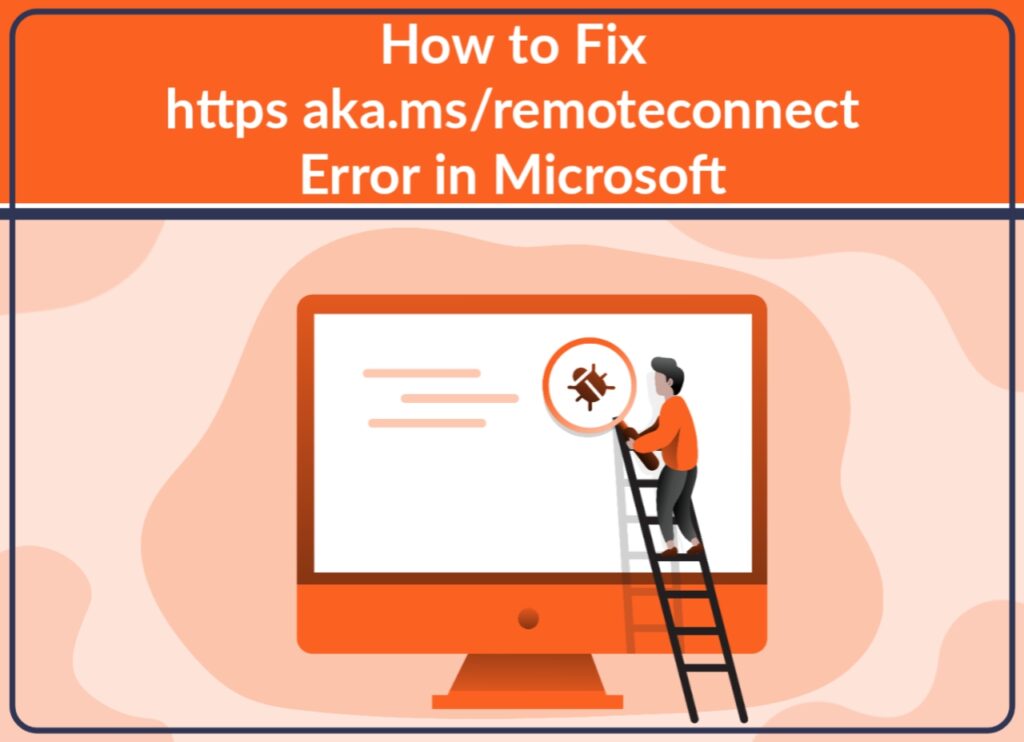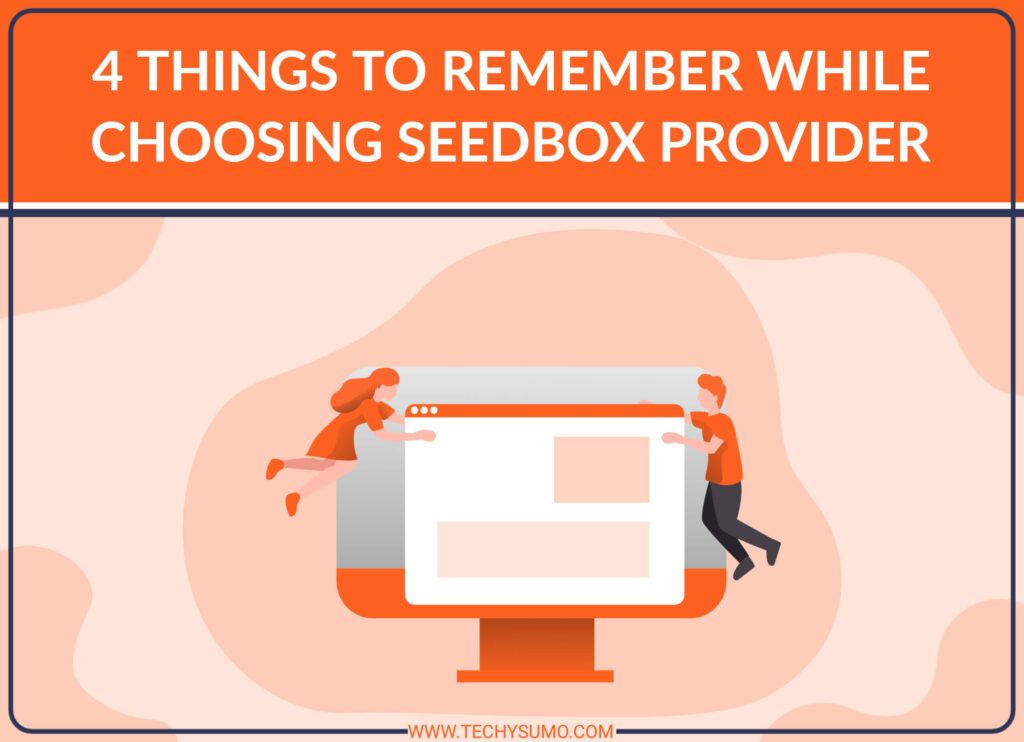In contemporary DevOps pipelines, shipping quickly while remaining reliable necessitates extensive insight into system behavior. Observability – the ability to comprehend internal system behavior through external outputs – revolutionizes the way DevOps teams detect, diagnose, and correct problems.
Unlike traditional monitoring that focuses on familiar issues, observability in DevOps surfaces the “why” of system failures throughout distributed systems. With logs, metrics, and tracing blended together, teams derive real-time perceptions that expedite deployment cycles while lessening downtime and enriching customer experience.
Table of Contents
- The Role of Observability in DevOps
- Understanding the Basics of Observability
- The Impact of Observability on DevOps Success
- The Role of Observability in Business Outcomes
- Best Practices for Incorporating Observability into DevOps
- Using the Best Tools and Platforms for Observability
- Observability Challenges to Overcome
- What to Expect from Observability in DevOps in the Future?
- Conclusion
The Role of Observability in DevOps
So, what is observability, and how does it come into the sphere of DevOps? Well, observability is a characteristic of a system. It’s a measure of the ability you have to know the inner workings of a system by observing its external outputs only. If you know what’s going on under the hood without needing to add new code for explanation purposes, you possess an observable system. It’s only about achieving deep, real-time insights into application performance and health issues.
DevOps is all about delivering better software at speed. Speed, though, is useless if one is flying blind without a compass. If a developer can precisely see the behavior of their code in production, and an operations engineer can isolate a performance slowdown back to a given function call, the confusing gap between “dev” and “ops” starts to collapse. It builds a culture of ownership and responsibility.
When scaling up the system, most teams look towards AI Visibility software in order to derive meaning from the volume of data generated, transforming raw telemetry into real-time actionable insights. It’s not bug hunting; it’s understanding system behavior, optimizing performance, and making data-driven decisions.
Also Read
Understanding the Basics of Observability
To learn about DevOps observability, you must understand its three fundamentals:
- First, there are logs. Logs are the most granular level of data. They’re time-stamped, unalterable records of discrete events. A login by a human, a failed database query, or the creation of a file – anything – these events can be logged. They provide you with the information, the ground truth of what happened at a specific moment in time.
- Then there are metrics with a bearing on observability DevOps. Metrics are numeric representations of data read at intervals of time. Think of CPU usage, memory consumption, or request volume in seconds.
- Finally, and potentially most importantly for distributed systems, come traces. A trace is the entirety of a request’s lifecycle as it goes through all the many microservices and components of your system.
The Impact of Observability on DevOps Success

Speed at the expense of control results in brittle pipelines. Control at the expense of speed slows the business down. The sweet spot is when observability reduces feedback loops for each stage: spec, build, test, deploy, and operate.
This is where DevOps best practices meet concrete outcomes, too. Feature flags give you a tool for risk mitigation, and this only works if you’re able to define impact by cohort and perform a rollback with confidence. Auto-scaling has benefits, but an expensive hidden inefficiency resides in the logs. Observability ties every one of these mechanisms back to evidence, enabling leaders to shift from baseless opinions to factual insights during a launch.
Numerous teams utilize SRE patterns but cannot yet articulate product stories in their telemetry. That’s among the typical reasons to move beyond SRE as a primary framing. You do want SRE discipline, but you need product-focused narratives too. Observability brings that narrative alive during planning, deployment, and growth reviews.
The Role of Observability in Business Outcomes
Engineering wins don’t matter if customers suffer or if growth stagnates. Observability needs to correlate directly to brand and top-line metrics. For instance:
Impact of Observability on Customer Experience
When you talk about the best of DevOps practices, you have to discuss reliability, but speed and consistency create the trust necessary for you to keep users engaged.
By linking your instrumentation to user flows and service-level indicators, you can identify exactly where checkout runs slow, or searches stall on mid-range Android hardware. That is the secret of delivering against perception and moving beyond uptime.
Building trust involves finding issues first. Each blackout is a narrative. If you discover it first, describe it eloquently, and resolve it fast, then you come across as competent. If customers discover it first, then assistance gets inundated, social media makes it viral, and your team is in reactive mode for days.
The Connection Between Observability and SEO
Page experience impacts search rank and ad performance. When Core Web Vitals head downhill, organic traffic and conversion tank. The role of observability is to combine frontend time and backend traces, tying them back to concrete code paths, so you can confirm which optimization restored revenue.
Link campaign traffic and real user monitoring, and you will be able to isolate performance by landing page, region, and device levels. That’s the difference between canned recommendations and making observability actionable for growth teams. When marketing can see the impact of a backend timeout on cost per acquisition on mobile at 6 p.m. in a region, engineering gets an exact fix list, not a vague complaint.
Best Practices for Incorporating Observability into DevOps

Observability falls naturally between the technology and human sides, creating a customary practice that raises deployment confidence. Here are the best practices to remember:
Proactive Observability
Begin with instrumentation in development. Supply templates to scaffold trace context, semantic event names, and log structure for common patterns. Make it easier for engineers to add spans around critical paths and database calls. This instrumentation ensures data plays a key role in design reviews, not left only to postmortems. And, it adds observability to DevOps practices, not leaving it as a rescue approach.
AI and Automation in Observability
The scale of data is mind-boggling for human analysis, so there’s a need for the use of observability DevOps AI tools. For instance, you can use anomaly detection to find regressions at canary deploy time. Utilize change intelligence to correlate performance shifts with deployments, configuration updates, and dependency changes. Have an AI summary recommend probable root causes, along with pointers to traces and logs. View these tools not as oracles, but as copilots, and verify their accuracy through tests.
Integrated Dashboards
Establish product, platform, and on-call lenses, but maintain a culture of ad-hoc querying for new hypotheses. Service maps aid new entrants. Experts are assisted by waterfall view traces. Similarly, finance-focused views ought to unify performance, traffic, and cost so a spike may be backtraced to a code path, not an invoice line. Don’t hide dashboards in fifteen folders; use the right observability DevOps solutions to bring up the key things you need to know and link back through traces and logs.
Maintaining Transparency
Transparency is critical, and you have to be ready to share before-and-after traces in weekly reviews. Pair platform engineers and product teams so that instrumentation focuses on user journeys, rather than infrastructure layers. And use documentation holistically in the incident lifecycle: notes, runbooks, and query snippets convert hard-won knowledge into team speed.
Using the Best Tools and Platforms for Observability
A single platform can’t help solve every problem you face, so you have to work on your stack to get the best results. For instance:
- In the backend, use sampling methodologies that retain not just rare errors, but align with high-value groups of users first.
- Make use of structured logs full of IDs, which lead back to traces.
- Make sure you have retention policies tied specifically to use cases: long for trend analysis, short and hot for incident response, and archived for auditing needs.
When you end up needing collaborative triage, make sure you’re sharing trace links and annotated timelines in chat, tickets, and documents with minimal friction. This is where strong observability software shines, taking raw streams and converting them into workflows, reducing toil.
Remember that as your practices mature, you will have to depend on a smaller, wiser set of observability DevOps tools instead of a shelf of disjointed dashboards. That’s when even unfamiliar names begin to correspond to concrete, shared results.
Observability Challenges to Overcome
The first obstacle is noise. Too many alerts train teams to ignore pages. It’s vital to fix it at the root. Define SLOs based on user experience, not server counts. Alert on the burn rate of those SLOs, and use quiet hours and thoughtful policies for paging.
The second problem is a lack of context. You can’t debug something you never instrumented. That’s where frequent instrumentation, trace propagation between queues and procedures, and strong naming come in handy.
Then there’s the human aspect to consider. Teams may believe they already possess sufficient monitoring powers. Alternatively, they might rely on collective knowledge within the group. Teaching through demonstration is key. Organize game days featuring synthetic faults. Show how a targeted trace or profile can save hours and avert a rollback. This approach leads to a resolution of even the most entrenched observability blind spots.
Another obstacle is the function-level fragmentation. Security has a set of signals, while the platform and the product have different sets. There has to be a unifying model for service naming, environments, and tags so that questions will always provide you with the same response. Incident handoffs become smooth when your DevOps observability approach includes this unifying language, especially when you’re building observability in software for people who will use it frequently.
What to Expect from Observability in DevOps in the Future?
Telemetry volume continues to increase, but real change is in interpreting it effectively. Expect an increase in more context-aware pipelines where deployment events, feature flags, and experiment variants become the stars of traces and metrics. Expect LLM copilots to write postmortems, suggest better sampling rules, and indicate risky code paths at review time.
Those destined for success will be those who maintain observability in DevOps as a group practice, bringing together product, platform, security, and growth. They will closely model user journeys in their telemetry, taking business metrics as key signals and not as footnotes at the end of the paper. And, most importantly, they will forever examine their own frameworks, embodying one of the most critical reasons for moving beyond SRE as a singular viewpoint.
Conclusion
If you’re after faster releases, fewer surprises, and clean incidents, plan, code, and test with observability built in, and learn where to make changes by deploying it conservatively. Just remember that it’s vital to create a discipline for translating signals into progress and buying yourself more time for the work that generates business growth.






